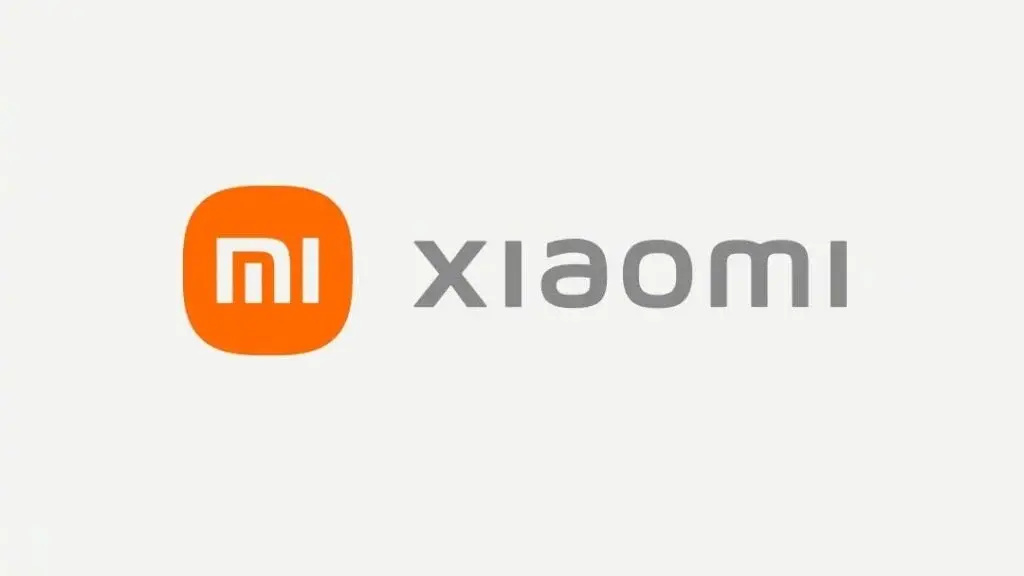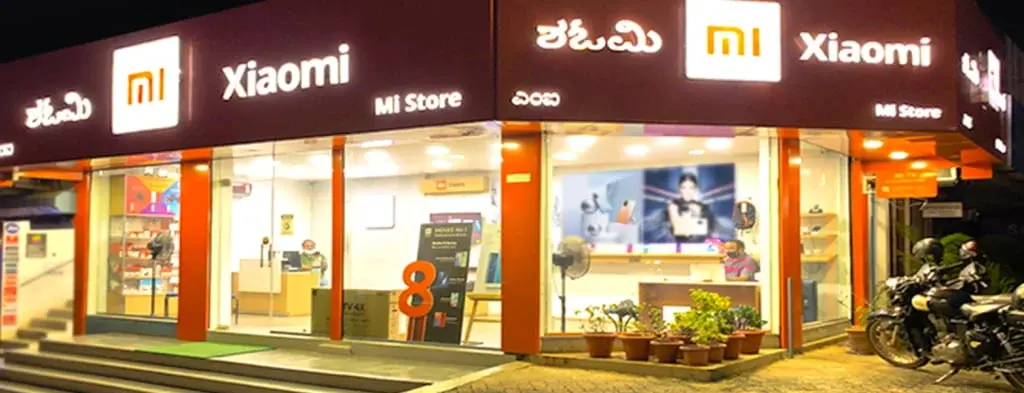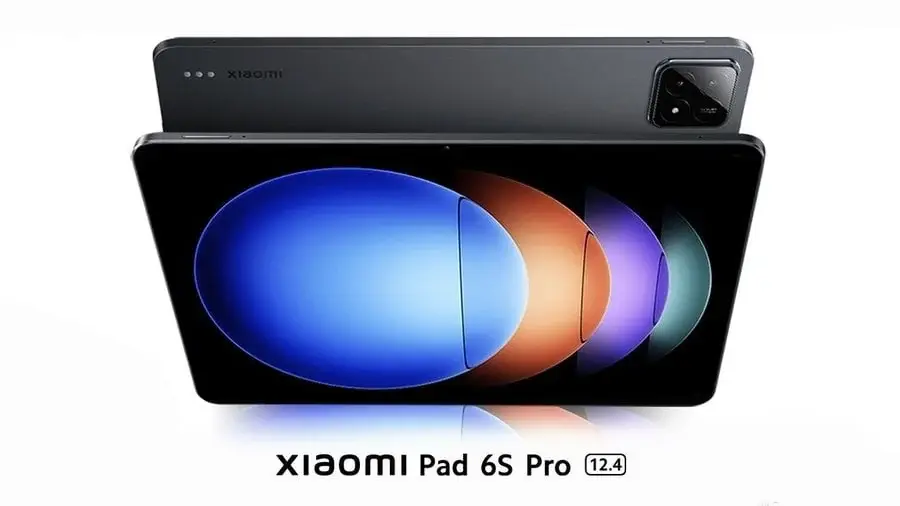Xiaomi is preparing to launch a new tablet in China called the Xiaomi Pad 6S Pro. The device is expected to debut alongside the Xiaomi 14 Ultra on February 22nd. Last month, the tablet with model number 24018RPACC was spotted in the database of China’s 3C certification platform. Recent certifications from HDR Vivid, Singapore’s IMDA, Europe’s EEC, and Indonesia’s SDPPI certification platforms indicate that the tablet will also have a global launch.
Xiaomi Pad 6S Pro Global Launch
The Xiaomi Pad 6S Pro has now been certified by Indonesia’s SDPPI certification platform, further hinting at its global launch. The specifications of the global edition have not been revealed by any of the recent certifications. However, the Chinese version of the tablet was spotted with a 120W charger during 3C certification. With the tablet receiving multiple certifications, it is expected to launch in the coming weeks.
Xiaomi Pad 6S Pro Rumored Specifications
A leaked render of the Xiaomi Pad 6S Pro surfaced recently, revealing a design language similar to other tablets in the Pad 6 series. Reports suggest that the tablet will feature a 12.4-inch LCD screen with a 144Hz refresh rate. It is rumored to be powered by the Snapdragon 8 Gen 2 chipset. Additional details about the tablet are yet to be unveiled.
There is a possibility that the Xiaomi Pad 6S Pro may borrow other specifications from the Pad 6 Pro. This could include a 50-megapixel dual-camera system, a quad-speaker setup, and a 10,000mAh battery.

















